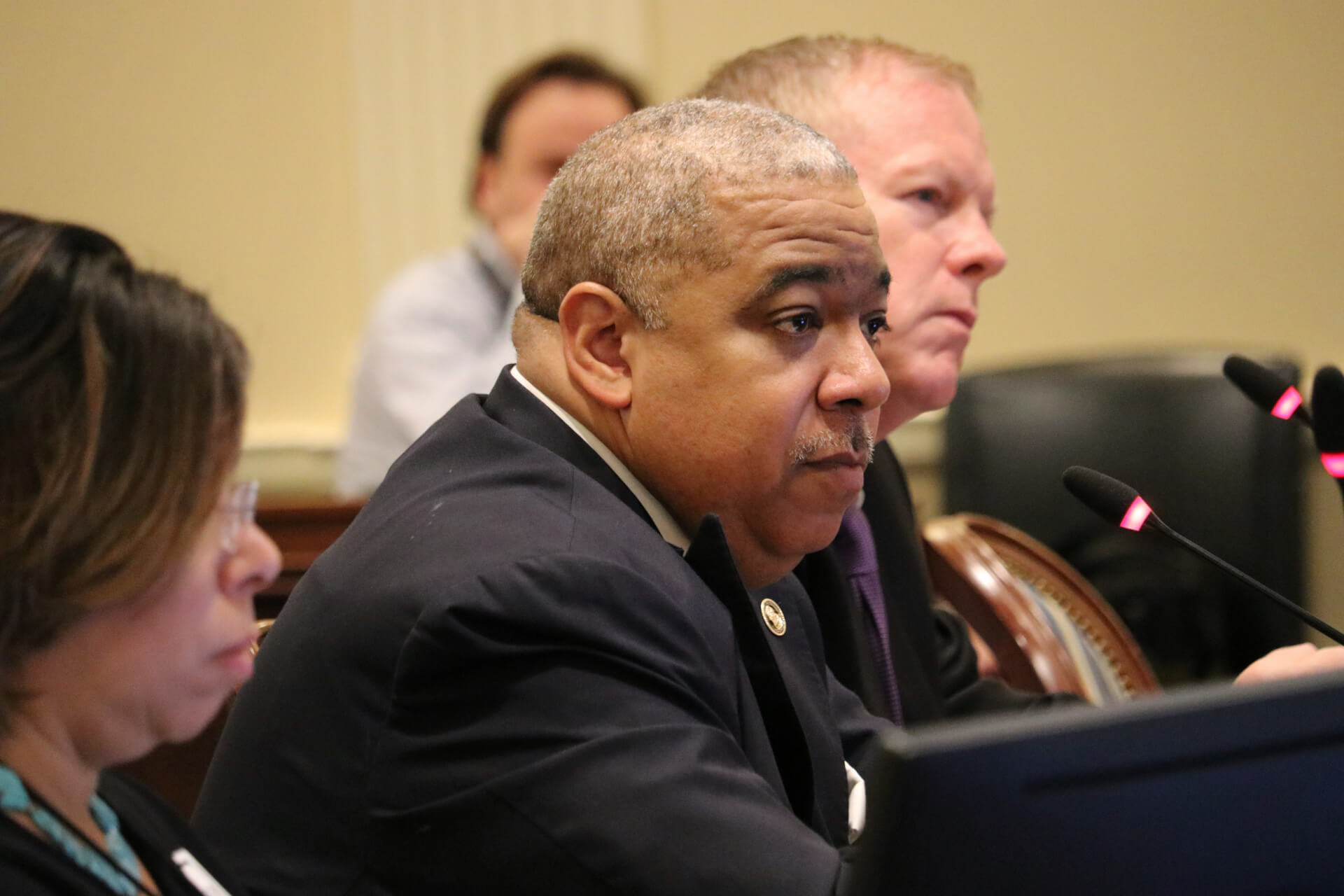
The spy plane over Baltimore has assumed the properties of God. It is everywhere. It can see everything.
So if God sees every sparrow, as the saying goes, why not a purse-snatcher at Harbor Place or a casual dog-walker in Patterson Park?
Therein lies the dilemma with the eye-in-the-sky: Is it a protector, or an intruder? It depends on whom you ask.
Police Commissioner Michael Harrison, and the ACLU, view the plane alternately with skepticism and alarm. The normally somnambulant Greater Baltimore Committee welcomes it the way Gotham encourages Batman.
Harrison describes himself as an “evidence-based police chief” who remains unconvinced that the peeping-Tom approach will help reduce Baltimore’s soaring crime problem. The ACLU’s concern is the plane’s power over law-abiding citizens.
The GBC extends its “strong support” for the overhead drop on crime at the same it endorses Harrison’s crime-fighting plan (but that’s another story). And speaking of strange bedfellows, the GBC and many in the black community are together on patrolling Baltimore’s streets from the sky, reflecting the general frustration with crime in the city.
The original rap-sheet on the spy plane is that it conducted its trial runs over the city without public notice. It was the gesture of a Texas couple that provided the funds for a three-year experiment in Baltimore. The plane is mounted with wide-angle cameras that can gulp nearly half the city’s 88 square miles in a single blink of a shutter. Its operator wants to resume experimental surveillance flights but is meeting resistance in a city that saw 17 shootings in one weekend and whose murder rate already surpasses last year’s high.
Concern about privacy is laudable but laughable. The invisible line between individual privacy and public safety has already disappeared. Freedom to move about is not restricted or in any way limited (except by crime), but ubiquitous eyes and ears know every corner we turn, every word we utter and every electronic transmission we send and receive. Government has joined business as a peeping-Tom partner.
The Motor Vehicles Administration has become a one-stop-shop for privacy invasion. Implied consent used to mean simply an understanding to agree to a sobriety test, if necessary. Today it means turning over your life, your history and even financial records to the MVA computers. And now the Census Bureau is demanding MVA records, presumably as part of the Trump administration’s anti-immigrant offensive.
Back in the late 1970s, when Baltimore was considering proposals for cable television, representatives of the black community who attended the public hearings repeatedly expressed concern that cable hookups could provide a telltale eye into their living rooms. Their suspicions were correct. Cable company representatives admitted that their technology could offer a two-way view.
Forget about speed cameras, satellites and police helicopters chattering overhead. They’re the low-tech playthings of the past. By 2020 – that’s next year, folks – security experts say, there will be 10,000 drones in the skies over America and along the borders to the north and south.
Right now, there are 30 million surveillance cameras in the U.S. recording 4 billion hours of footage a week. There are an estimated 245 million surveillance cameras globally. There are 6,000 security cameras in New York City, 600 in Baltimore, and 600 in Boston. Those numbers barely measure up to the 4.2 million closed circuit TV cameras in Great Britain, one of the world’s most civilized, crime-free nations, one for every 14 people, according to British press reports.
Smile, you’re on candid camera, is no longer a cautionary tease. Today, average Americas are surreptitiously photographed about 400 times a day nearly everywhere they go – in a bank, supermarket or convenience store, a mall, department store or service station or even entering a gated community or parking garage or, still more common, when just walking down a street or strolling through a park.

Frank A. DeFilippo
Google Street and Bing can even poke into living rooms and thermal imaging cameras can penetrate barriers to detect objects and people, anywhere, anytime. Private lives are now public property.
If all of this eerily recalls the prophetic fears of George Orwell’s “1984” and Aldous Huxley’s “Brave New World,” set aside that naïve consideration. Prescient through they might have been, in the early-to-mid 20th century when they were writing, they never could have imagined such a plugged-in, camera-ready world.
In those days, television was still a test pattern, radio was an old Philco with a short-wave band and cameras were most likely a Kodak box.
And it’s an ironic warp of the times that a security camera is mounted just outside Orwell’s fourth floor flat, 27B, overlooking Canonbury Square, in Islington, North London, according to the London Evening Standard.
Everyone with a cell phone is a photographer and anyone with a computer is a reporter. Police, on television and in real life, often enlist the public in massive electronic dragnets, sifting through millions of cell phone and video images that have been voluntarily supplied by witnesses as well as mounted camera monitors.
Anyone with a driver’s license or a passport photo is a candidate for an electronic line-up. Such is the massive visual database that the government has assembled on computers. And such is the advance analytical facial technology that has been developed during and since the war in Iraq by the government in partnership with private industry. It is the storage of such information by the government that troubles private rights advocates.
Social media such as Facebook and Twitter, night-vision goggles that turn midnight into daylight in the eyes of the beholder, digital imagery and infra-red cameras all contribute to facilitate detection and peel away privacy. In our open society, feel free to move about the country but be aware that you’re being watched while you do it.
Spying is nothing new. Spying on one’s own citizens is. Nations spy on each other. Politicians engage in opposition research. And businesses have long engaged in corporate espionage. During World War II, immigrants who were not citizens were forced to surrender shortwave radios to the government.
During the tumultuous 1960s and ‘70s, police undercover units regularly spied on and infiltrated militant groups and anti-war demonstrations. The entire government complex around the Maryland State House in Annapolis is wired with a sophisticated camera-recording system that has been used to monitor demonstrations (and demonstrators.)
The most famous bungled attempt at political espionage was Watergate. Five hapless burglars in the employ of President Richard M. Nixon’s reelection campaign attempted to bug a telephone (that of Marylander Spencer Oliver) in the Democratic National Committee headquarters in the Watergate Hotel. The caper, as every political hobbyist knows, eventually forced Nixon to resign the presidency.
But it was President George W. Bush, following the 9/11 devastation in New York, who ordered the wholesale warrantless electronic eavesdropping and visual monitoring of Americans that was the beginning of the world of perpetual exposure that we live in today.
Bush followed that order with the Patriot Act which, for the first time, reversed roles for the FBI and the CIA and allowed warrantless searches in addition to warrantless wiretapping. The Patriot Act gave the FBI the authority to operate abroad and the CIA the power to practice its dark arts at home. It further erased the traditional separation of investigators and prosecutors by allowing them to blur functions in the name of national security. The Patriot Act was extended under President Barack Obama.
And here’s an important reminder for those suffering from Trump-fatigue: At the heart of the House impeachment inquiry is the febrile and debunked conspiracy theory that Democratic National Committee servers were secretly moved to the Ukraine and used to influence the 2016 presidential election results, and not the Russia meddling that factually happened. That unsupported fable provoked Trump to shake down the Ukraine president to investigate former Vice President Joe Biden and his son, Hunter.
Because of advances in technology and weaponry, the oceans are no longer broad enough to protect the nation from enemy attacks. America will always be at war, at least electronically. And business will be at government’s side with the latest electronic gadgets.
The surveillance-industrial complex is a thriving business. Too often civil libertarians and privacy rights activists are quick to blame government for such intrusions. Yet no one points an accusatory finger at the developers and purveyors of such invasive technology and the lobbyists and sales representatives who spend millions to peddle their meddling wares to Congress and to government procurement agencies. Often the agencies the manufacturers are hustling become advocates for the products they’re buying.
We live in a nation where the Constitution says We the people, not We the snoops, not We the drones, not We the security cameras. Yet faced with internal threats to peace and national security, the only alternative may be the vast glass house that 329 million Americans now live in.
What are citizens to do but watch what they say, be careful where they go and with whom they associate and keep the cell phone quiet? One more camera in the sky might be the high price of freedom these days.
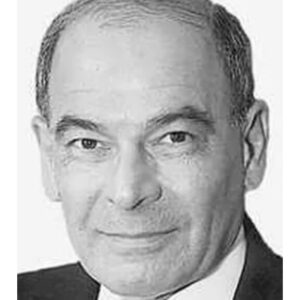
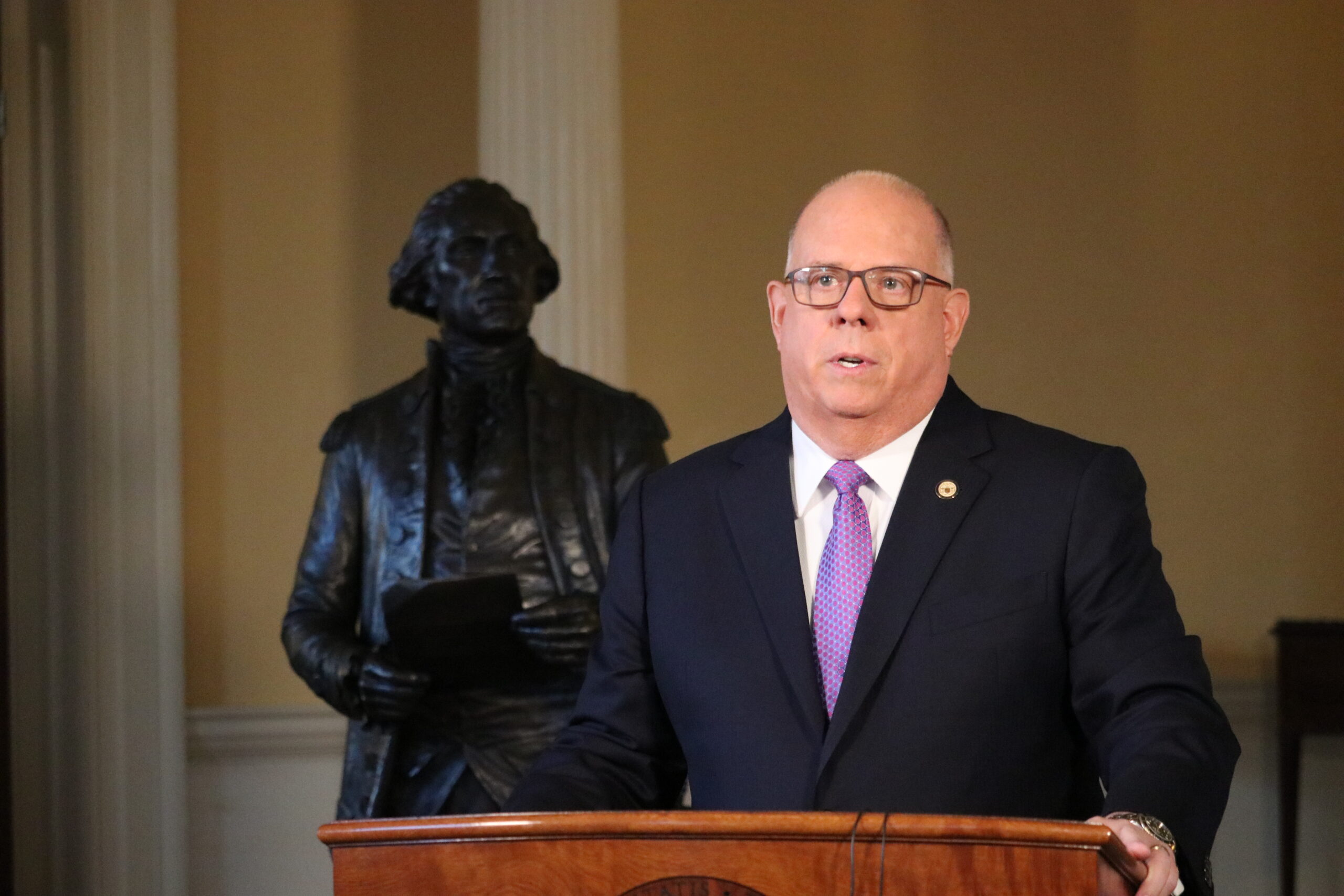
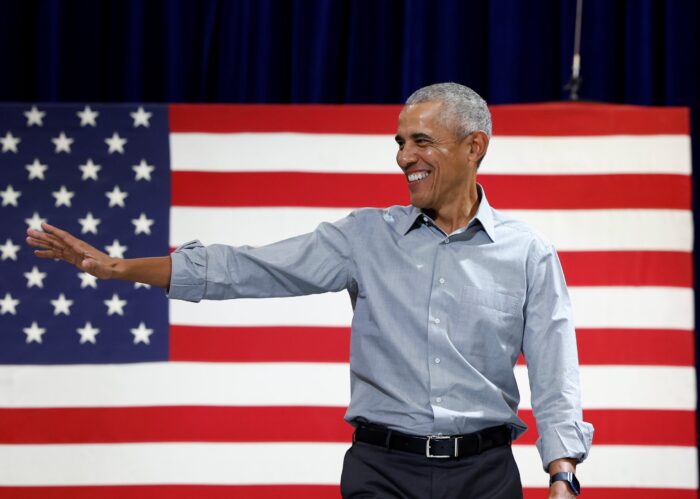
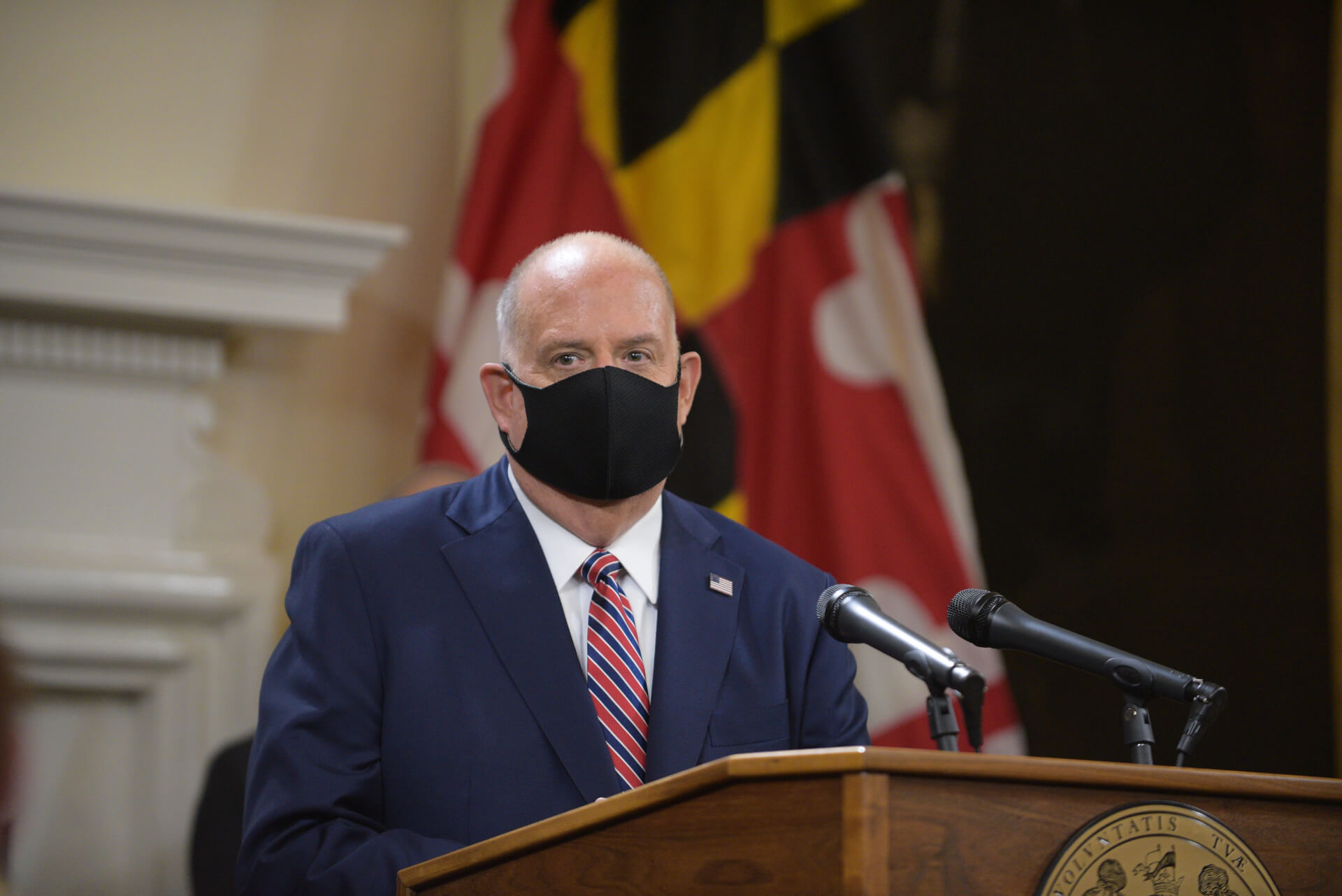
 Creative Commons Attribution
Creative Commons Attribution